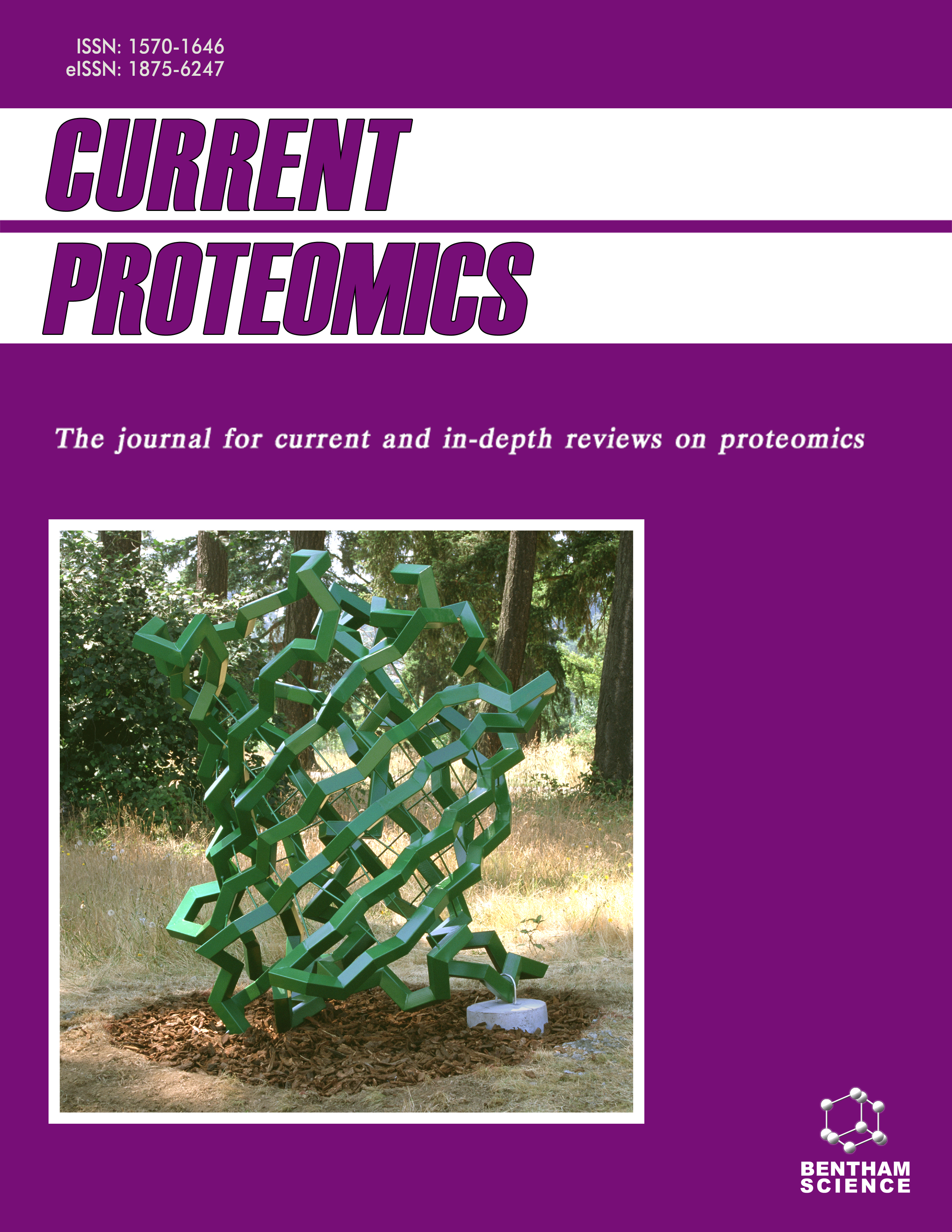
Full text loading...
We use cookies to track usage and preferences.I Understand
Helicobacter pylori, as a carcinogen, has been related to the development of gastric cancer, particularly in developing countries. The main challenge with therapy is the recurrence of antibiotic-resistant bacteria, and vaccination is still a problem. Therefore, the objective of the current study was to rationally design a multi-epitope vaccine using two immunogenic proteins found in H. pylori.
Promising epitopes for the Leb-binding adhesin A (BabA) and vacuolating cytotoxin (VacA) proteins were characterized through an immunoinformatics approach. Epitope-rich fragments were selected based on high-binding affinities with HLA classes I and II to be specifically presented to B and T lymphocytes and to selectively elicit both humoral and cellular immune responses.
Six constructs were planned by fusing these fragments in different arrangements with the help of GPGPG linkers. The most stable three-dimensional structure was found in Construct 6 during molecular dynamics. To improve immunogenicity and stability, an adjuvant called human β-defensin 2 (hBD-2) was joined to the N-terminus of Construct 6. Following molecular docking, the final vaccine reacted appropriately with each toll-like receptor 2 (TLR-2), TLR3, and TLR-4. The final DNA sequence was optimized for expression in E. coli K12 and in silico cloned into a pET-28a(+) plasmid. As a result of the vaccination in silico, substantial responses were developed against H. pylori.
According to the immune response simulation, activated B and T lymphocytes and memory cell production increased. Macrophages and dendritic cells proliferated continuously, and IFN-γ and Cytokines, such as IL-2 were raised.

Article metrics loading...

Full text loading...
References


Data & Media loading...

